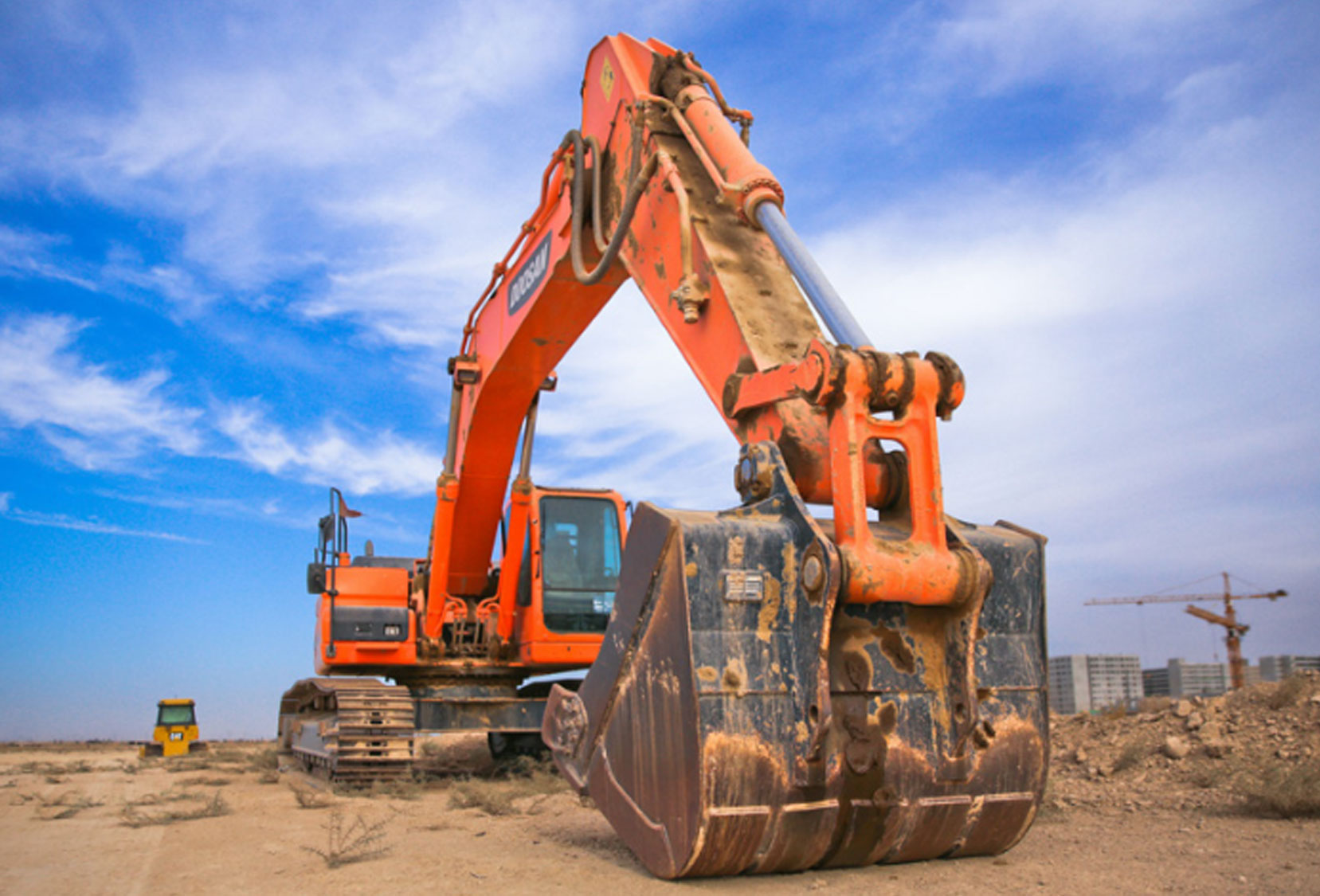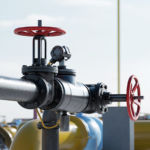Artificial intelligence. Connectivity. Renewable energy. Alternative materials.
All these things and more will have a dramatic impact on the construction industry moving forward. Some are already incor- porated into workplaces while others remain on the precipice.
We took a look at some of the top trends in the construction industry and projected out ten that will have the most impact on construction in the coming years. Here’s a rundown.
ALTERNATIVE POWER SOLUTIONS
Necessity is the mother of invention. With increased regulation of carbon-based fuels coming every month, expect new power sources to drive industry.
The California Air Resources Board ban on small engines on new equipment starts in 2024. The EPA’s greenhouse gas emissions rules go into effect in 2023 for passenger vehicles and light-duty trucks while regulations for heavy-duty trucks start with 2027 models. These are just a few examples.
Whether these alternative power solutions are hydroelectric, biofuels or something else is not clear yet, but the current focus for construction equipment appears to be on electrification.
RENEWABLE ENERGY
According to the Center for Climate and Energy Solutions, renewable energy is the fast-growing energy source in the United States, increasing 42% since 2010. Renewable energy now accounts for 12% of total U.S. consumption, and that number is rising consistently.
Major corporations already are investing heavily in biofuels, solar and wind with net-zero pledges for new buildings.
There is a growing list of cities and states that are banning gas-powered consumer equipment in favor of electric – leaf blowers, lawn mowers and snow blowers for example.
Likewise, there is a push within the construction industry to move to electric excavators and loaders.
CONNECTIVITY
If COVID taught the world one thing, it’s that many roles can be filled with work-from- home personnel. As the internet continues to connect the most rural sections of the United States with an already robust availability in cities, individuals will communicate from wherever they are.
Likewise, improved 5G networks will lead to better tracking, productivity and maintenance on the job site, allowing operators and contractors to maximize efficiency, thus saving time and resources.
AUTONOMOUS MACHINERY
Technologies such as automatic grade control and robotic rebar tying already are common in many precast concrete facilities. Use of this machinery will only rise to help eliminate repetitive, laborious and sometimes dangerous tasks.
More autonomous machinery also will help combat the labor shortage. Workers still will be needed, but skill sets will change – from manual laborer to operator.
Gen Z workers already are familiar with the technology that will drive this, including the potential for operating machinery by remote from hundreds of miles away.
EFFICIENCY AND SAFETY
From safety backups for machines to wearable sensors that detect when a worker risks injury, electronic safety is soon at hand.
The internet not only connects people to people but people to machinery, leading to better safety outcomes.
EQUIPMENT SUBSCRIPTIONS
Similar to families who have ditched cable for streaming services where they only pay for what they want when they want it, an “equipment as a service” business model allows for companies to lease equipment for a designated period of time.
This also lowers maintenance costs, which frees up more time and money.
DEVELOPMENT OF LIVING MATERIALS
Living materials, such as bacteria-infested concrete and self-healing asphalt, are currently being developed and tested for use in construction. These materials have the potential to revolutionize the construction industry, as they are more durable and sustainable than traditional materials.
While living materials are not yet widely used in construction, it is expected that more applications for these materials will be there in the next few years as they become more refined and perfected.
CONSTRUCTION ROBOTS
Robots are increasingly being used in construction, with a wide range of different types of construction robots currently under development. These robots can be used for tasks such as framing, masonry, and roofing.
Construction robots offer a number of advantages, including increased accuracy, reduced construction time, and improved safety. These robots are still in the early stages of development, but it is expected that they will become more widely used in construction in the next few years.
INCREASED FOCUS ON WELLNESS
There is an increasing focus on wellness in the built environment as more and more people become aware of the importance of good indoor air quality, natural light, and acoustics. In 2023, this trend is expected to continue as more people become interested in creating healthy and sustainable homes and workplaces.
You can expect to see more buildings with features such as green roofs, natural ventilation, daylighting, and increased use of sustainable materials. With the rising healthcare costs, there is a growing understanding of the importance of creating healthy spaces that can help prevent illness and promote well-being.
REDESIGNED WORKPLACES
The workplace is undergoing a major redesign as more and more companies adopt flexible work policies. This means that the traditional office space is becoming less common and that workers are increasingly working remotely.
In response to this trend, many office buildings are being redesigned to offer a more flexible and collaborative work environment. In 2023, you can expect to see more co-working spaces. These spaces provide a flexible and affordable option for companies that do not want to commit to a traditional office space. They also offer a more collaborative and social environment, which can be beneficial for worker productivity.




